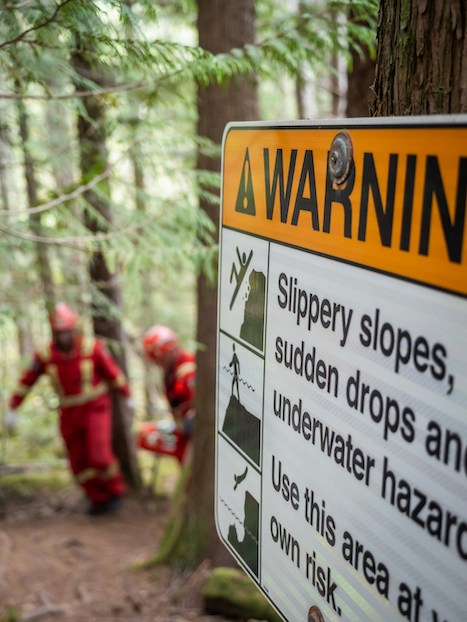
Airplane accident sites are complex environments fraught with numerous hazards that pose significant risks to first responders, investigators, and recovery personnel.
Understanding these hazards is critical for ensuring the safety of all involved and for conducting an effective response operation. The primary hazards at an airplane accident site can be broadly categorized into physical, chemical, biological, and psychological dangers.
Physical Hazards
Physical hazards are the most immediate and apparent dangers at an airplane accident site. The wreckage itself often presents sharp, jagged edges that can cause serious injuries. Large debris, such as parts of the fuselage or engines, can be unstable and pose a risk of collapsing or shifting, potentially trapping or injuring those nearby. Fires are another significant physical hazard, as aviation fuel can ignite and cause widespread flames, creating a direct threat of burns and secondary explosions. Additionally, the site may contain hazardous terrain, especially if the crash occurred in a remote or rugged area, complicating access and evacuation efforts.
Chemical Hazards
Chemical hazards stem primarily from the aircraft’s fuel and various onboard substances. Jet fuel, often present in large quantities, poses both a fire and inhalation risk. Exposure to burning jet fuel can release toxic fumes, such as carbon monoxide, that are harmful if inhaled. Other chemicals, including hydraulic fluids, battery acids, and deicing agents, can be hazardous upon contact or if they contaminate the air. These substances can cause chemical burns, respiratory issues, and other acute health effects, necessitating the use of personal protective equipment (PPE) and proper decontamination procedures.
Biological Hazards
Biological hazards at an airplane accident site typically arise from human remains and the potential presence of pathogens. The decomposition of bodies, especially in warm conditions, can lead to the spread of infectious diseases. Bloodborne pathogens, such as HIV or hepatitis, are a concern, particularly when responders come into contact with bodily fluids. PPE, including gloves, masks, and protective suits, is essential to minimize the risk of exposure to these biological hazards. Proper training in handling and disposing of biological materials is also crucial to prevent the spread of infections.
Psychological Hazards
The psychological impact of working at an airplane accident site cannot be underestimated. First responders and recovery personnel are often exposed to traumatic scenes, including the sight of fatalities and severe injuries, which can lead to emotional and mental stress. This exposure can result in acute stress reactions, post-traumatic stress disorder (PTSD), anxiety, and depression. Providing mental health support, including counseling and stress debriefing sessions, is vital to help individuals cope with the psychological toll of their work at the accident site.
Mitigation and Response
Effective mitigation and response strategies are essential to manage these hazards. Establishing a command and control structure helps coordinate the efforts of various agencies and ensures a structured approach to the recovery operation. Site safety assessments should be conducted regularly to identify and mitigate hazards. Equipping responders with appropriate PPE and training them in hazard recognition and safety protocols is critical. Furthermore, implementing strict access controls can prevent unauthorized personnel from entering the site and being exposed to potential dangers.
Conclusion
In conclusion, airplane accident sites are perilous environments that require careful management of various hazards to ensure the safety of responders and the effectiveness of recovery operations. Recognizing and addressing physical, chemical, biological, and psychological dangers through comprehensive safety protocols and support systems is crucial in mitigating risks and facilitating a successful response.